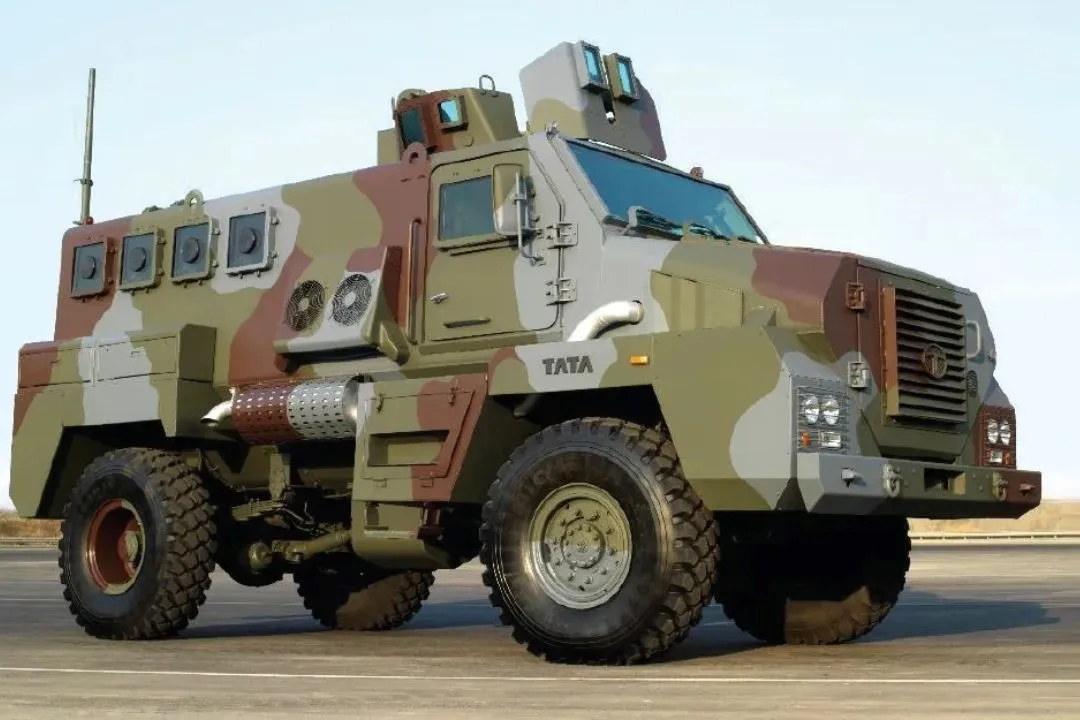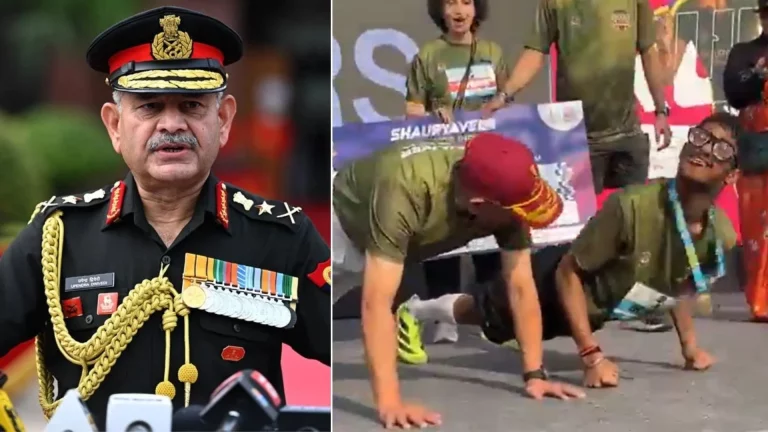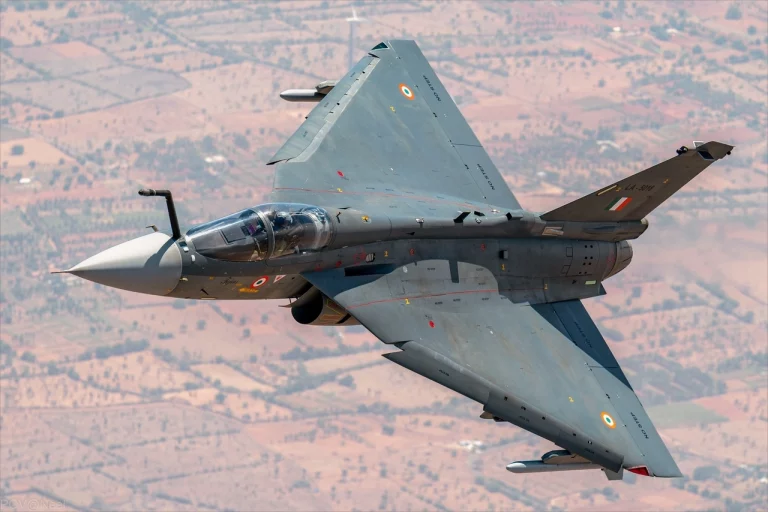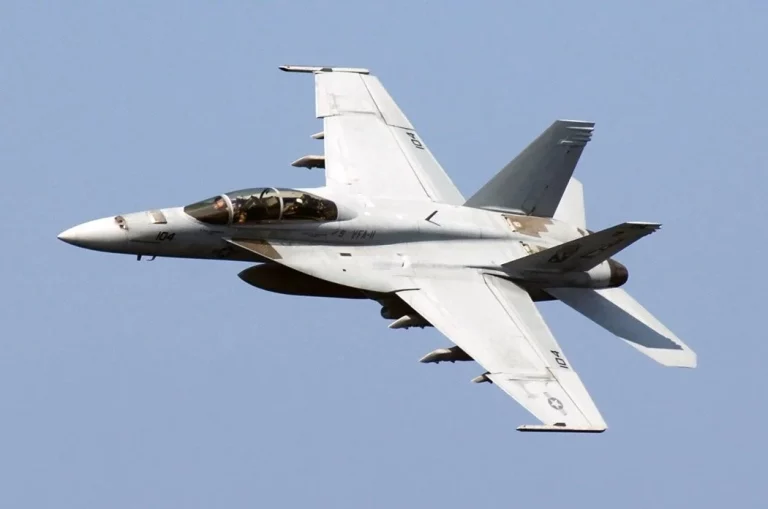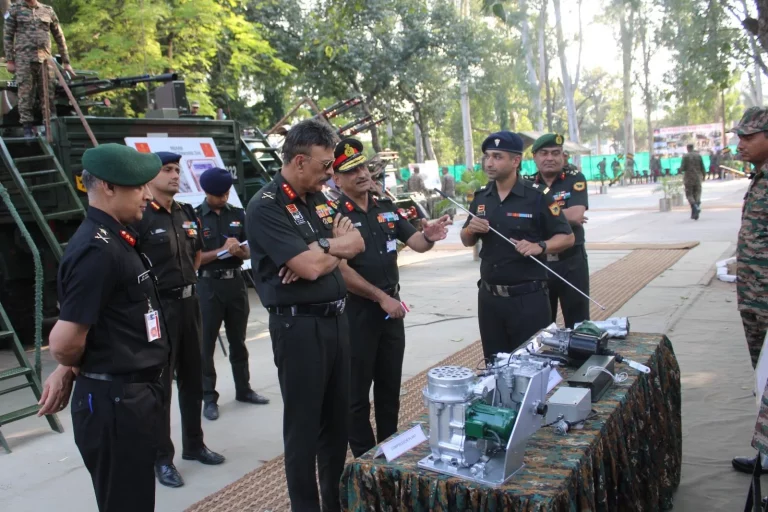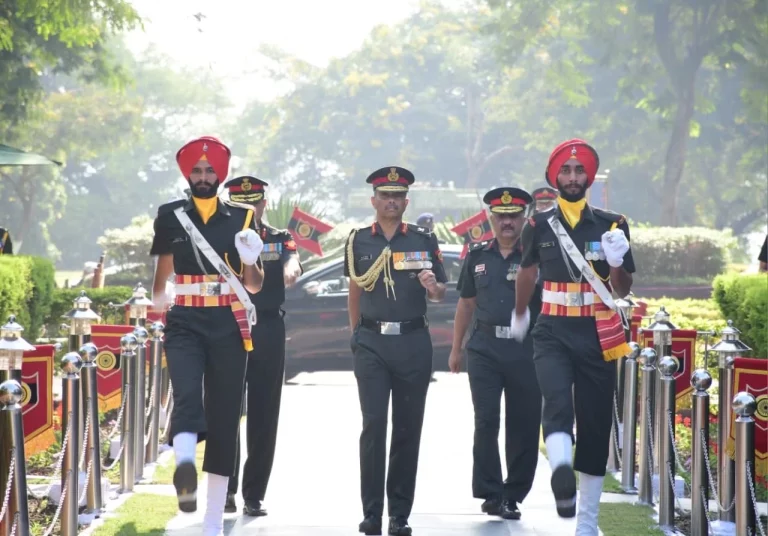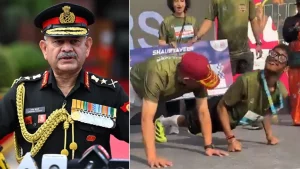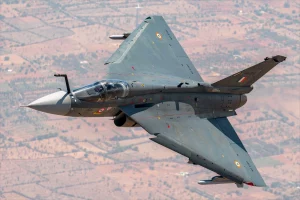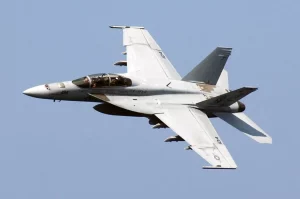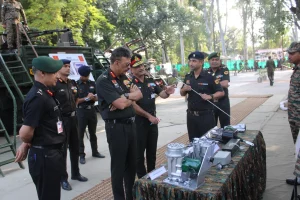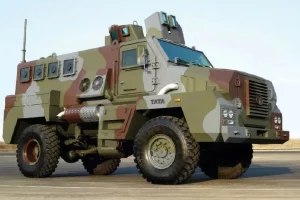TATA Advanced Systems Limited (TASL) is making significant strides to enhance India’s indigenous armoured vehicle capabilities with the introduction of the Tracked Advanced Armoured Platform (AAP-Tr). This next-generation infantry combat vehicle is developed to complement its counterpart, the wheeled AAP-Wh, thereby establishing a unified, modular family within the ambit of the Indian Army’s Futuristic Infantry Combat Vehicle (FICV) programme. Together, these vehicles are set to replace the outdated BMP-2 ‘Sarath’ fleet, promising advanced protection, mobility, and networked warfare capabilities in alignment with India’s Atmanirbhar Bharat initiative.
A standout feature of the AAP-Tr is its innovative V-hull design, engineered specifically for superior blast protection and crew survivability in the face of mines and improvised explosive devices (IEDs). The vehicle’s hull structure boasts layered composite armour and modular protection panels that meet STANAG Level 4/5 standards, offering scalable defense against both ballistic and explosive threats. Key safety enhancements include mine-resistant geometry, reinforced floor plating, and floating crew seats that significantly mitigate the impact of underbody blasts. Safety systems such as automated fire suppression and Nuclear, Biological, Chemical (NBC) filtration further enhance operational security in contaminated environments.
In terms of mobility, the AAP-Tr is equipped with a robust 600–720 hp turbocharged diesel engine combined with an automatic transmission and hydropneumatic suspension, providing exceptional cross-country performance. Notable advantages include a high power-to-weight ratio for agile manoeuvrability and a modular drivetrain that facilitates precision control over diverse terrains, from deserts and muddy landscapes to mountainous regions. Additionally, a conceptual amphibious variant is under evaluation to improve operational capabilities in riverine and coastal missions.
The AAP-Tr’s technological backbone is the Common Electronic Mission Platform (CEMP), a unified, open-architecture system that integrates seamlessly with the Indian Army’s future Battlefield Management System (BMS) and Combat Net Radio (CNR) networks. This integration allows for real-time data exchange between vehicles and command centers, enhancing situational awareness and enabling networked fire control. The system supports plug-and-play functionality for remote-controlled turrets, anti-tank guided missile (ATGM) launchers, and thermal imaging sights.
Designed for tactical flexibility, the AAP-Tr can swiftly adapt to multiple battlefield roles. Planned configurations include an Infantry Fighting Vehicle (IFV) equipped with a 30 mm or 40 mm remote weapon station and twin ATGMs, a Command & Control Vehicle featuring elevated antennas and digital consoles, a Mortar Carrier supporting automated mortar systems, and a Reconnaissance & Surveillance Vehicle fitted with radar and EO/IR sensors. Specialized roles such as a CBRN reconnaissance variant and an armoured ambulance are also planned. Notably, there is a 70% commonality in components between the AAP-Wh and AAP-Tr, simplifying logistics and reducing life-cycle costs.
TASL intends to leverage its established manufacturing ecosystem, developed through the WhAP programme in collaboration with the Defence Research and Development Organisation (DRDO) and the Indian Army. The production lines for the tracked variant are expected to expand, with plans to localize sub-systems like engines, transmissions, and armor composites. On the global stage, TASL’s partnership with Morocco’s WhAP facility serves as a potential export base for regional assembly and support, making the AAP family an appealing option for several nations in Africa, the Middle East, and Southeast Asia seeking modern, interoperable infantry solutions.
Looking ahead, following conceptual studies in 2023–24, the AAP-Tr is set to enter full-scale engineering validation in mid-2025, with field trials anticipated in 2026–27. The production phase could commence by 2028, coinciding with the Indian Army’s plan to replace over 2,000 BMP-2 Sarath vehicles. Through initiatives like the AAP-Tr and AAP-Wh, India is progressing towards a fully indigenous, digitally integrated mechanised fleet. This programme highlights the nation’s capability to design, develop, and produce world-class armoured platforms, reflecting India’s growing defence industrial sophistication and commitment to self-reliance in military technology.
